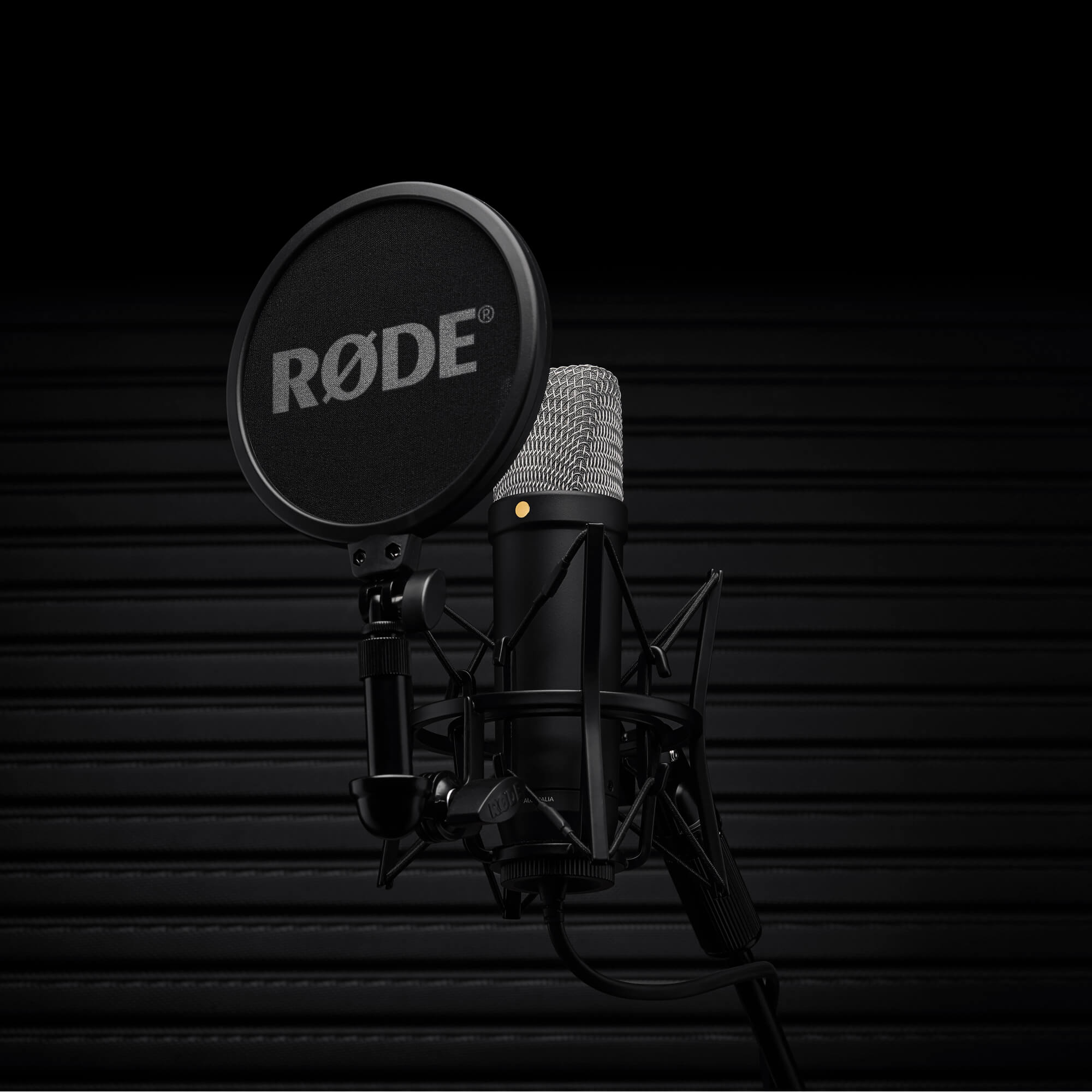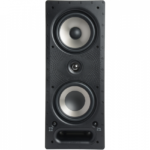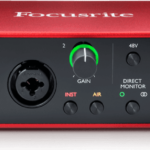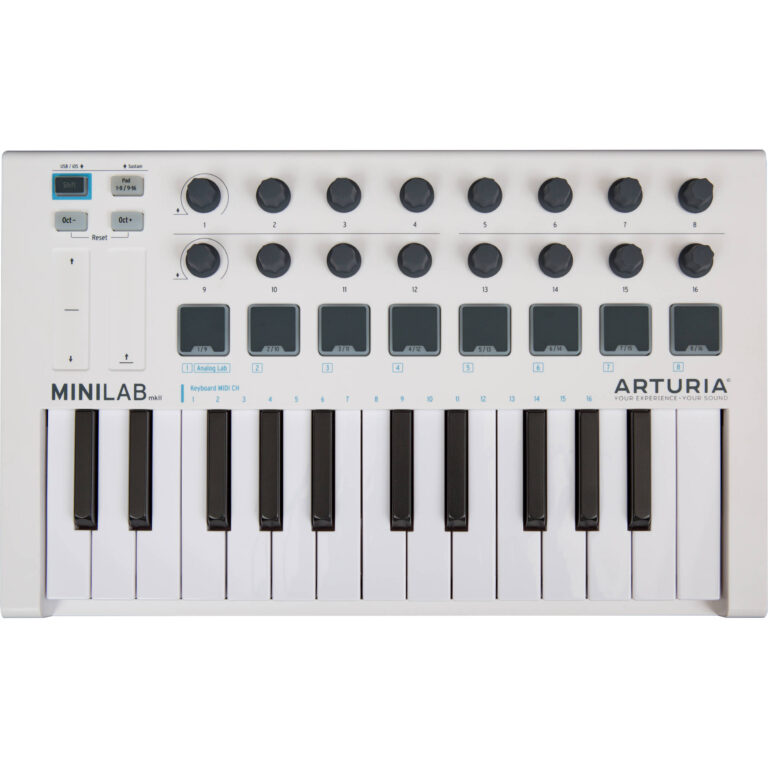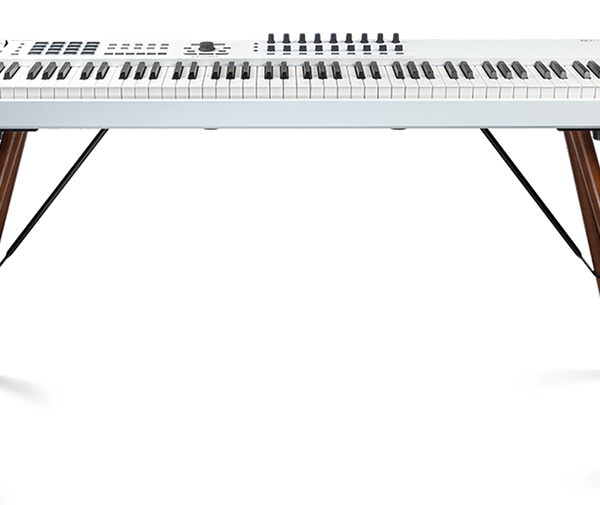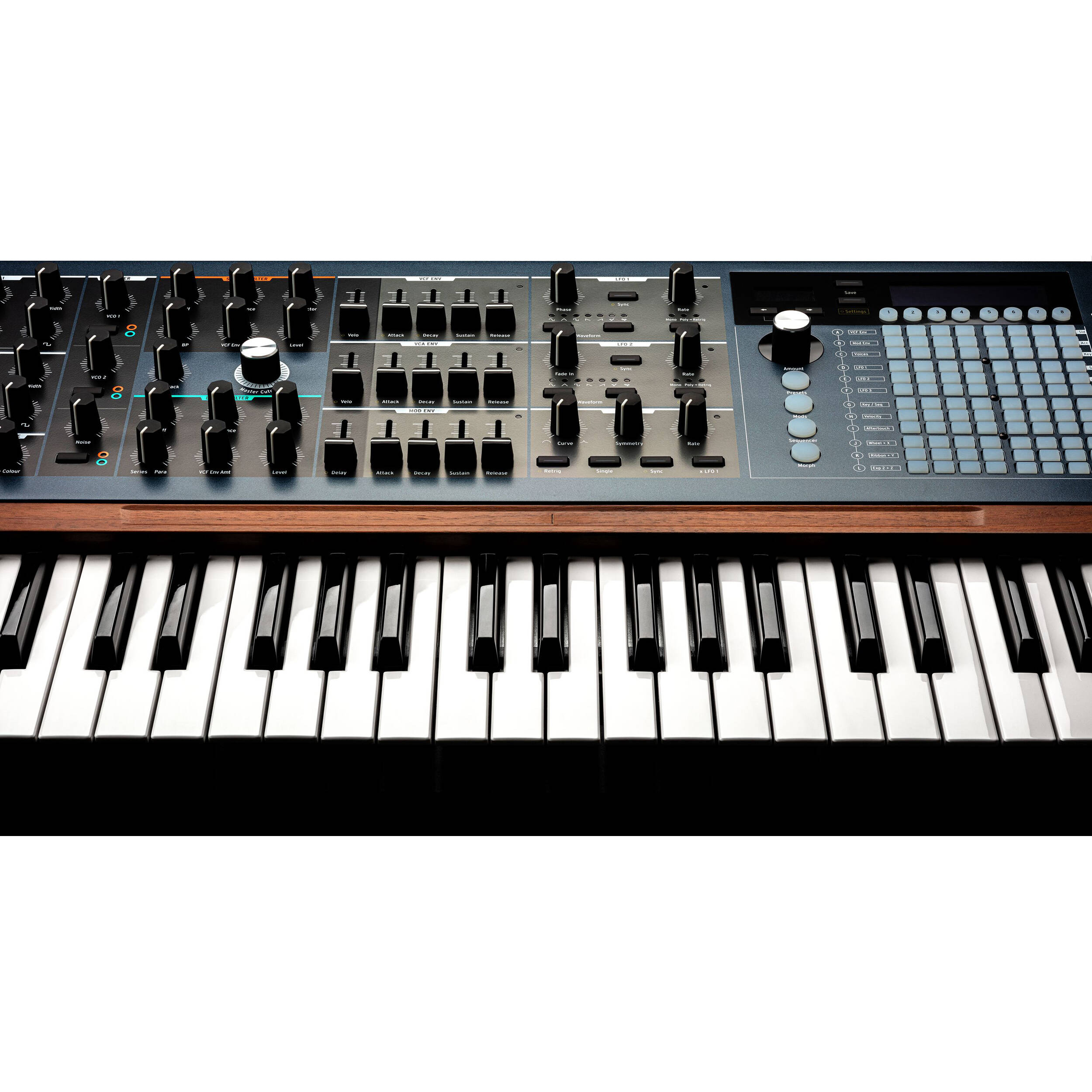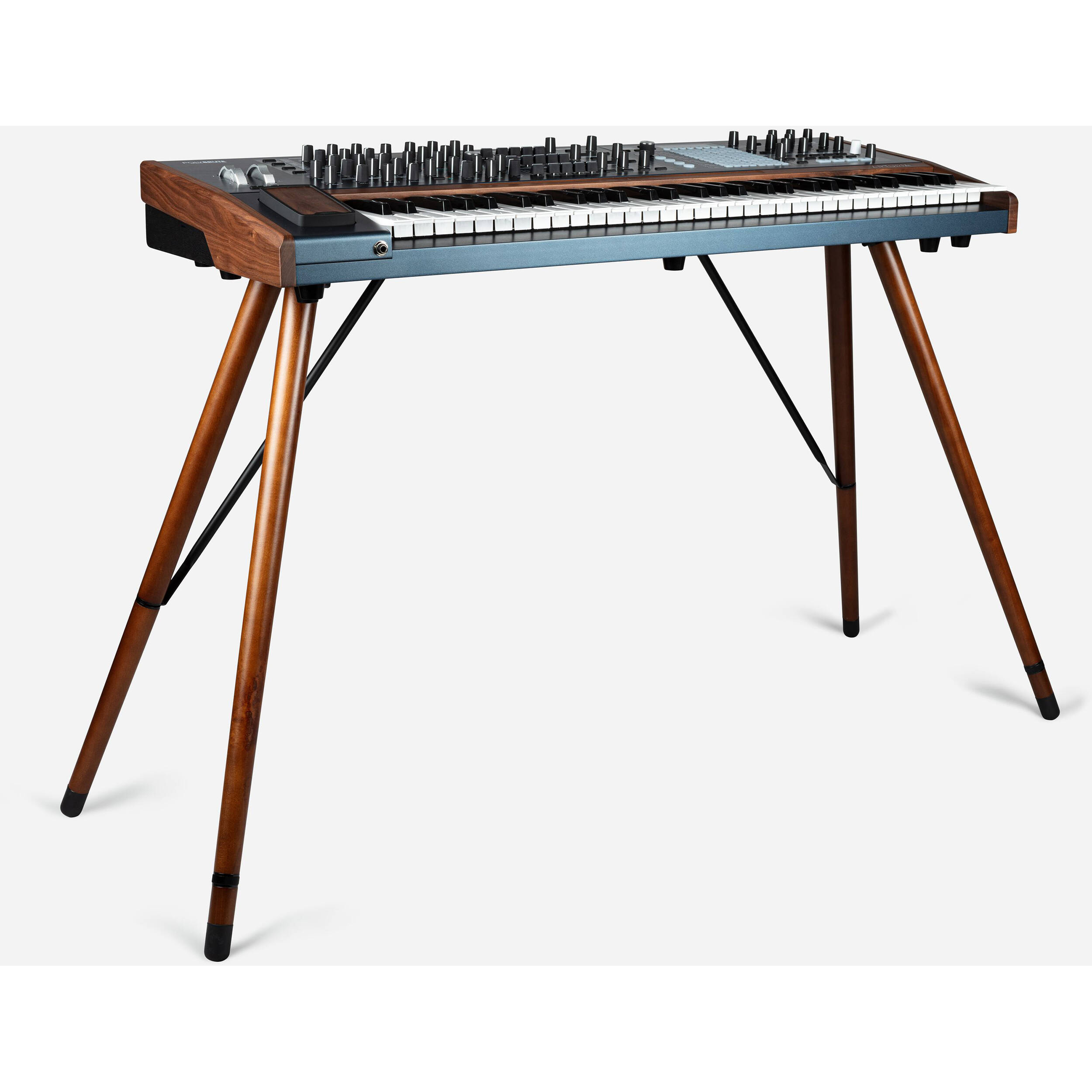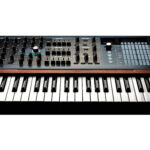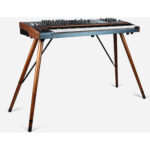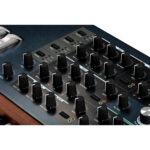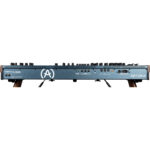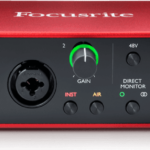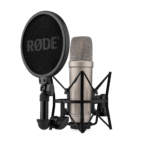Within a preset, the morph feature lets a sound switch between states A and B seamlessly. Copying any A or B component of a preset to what you’re editing makes sound transitions quick and uncomplicated. With Morphee’s three-dimensional performance touchpad, you can create sophisticated morphing emotions. Instantly manipulate PolyBrute’s sound across the X, Y, and Z axes, from subtle morphing to severe dynamic alterations.
A broad range of timbral possibilities is provided by two Brute waveshaping oscillators in the PolyBrute. Sawtooth, triangle, and square waveforms with pulse width control may be blended to produce uncommon and harmonically rich tones from both oscillators. Create everything from airy pads to growling bass chords. One octave below the fundamental pitch, VCO2 has a sine-wave sub-oscillator. More dynamic tones are possible with FM and hard- and soft-sync settings. Adding a noise generator with a knob lets you choose from red noise’s deeper rumbling to white noise’s clean, multispectral nature.
A constantly variable 12 dB Steiner Parker filter with low-pass, high-pass, and bandpass and a conventional 24 dB low-pass ladder filter with gain compensation prevent lower frequencies from being reduced at greater resonance levels. In Filter 1, the Arturia Brute Factor feedback filter warms up the bass end and produces monster growls, while Filter 2’s distortion circuit modulates the ladder filter’s VCA feed.
There are three envelope generators, including VCF and VCA ADSRs with velocity. Any matrix parameter may be assigned to the third envelope, which has a delay before the ADSR part. There are three LFOs to modulate any parameter. sine, triangle, square, down-sawtooth, up-sawtooth, sample-and-hold, and slewed random waveforms are available in LFO 1 and 2. In LFO 1, phase control modifies where the wave cycle begins, whereas in LFO 2, fade-in offsets and progressively fades in LFO2. The LFO 3 wave form may be swept from logarithmic to linear to exponential. Additionally, each LFO may have its own sync division setting for binary, triplet, or dotted possibilities.
The digital brain of the PolyBrute lies in the matrix section, which allows you to recall up to 768 presets instantly, program up to 32 destinations via the 96-point digital patchbay, or create dynamic polyphonic sequencers, arpeggios, and parameter motion recordings. There are three digital effects processors available, including modulation effects such as chorus, flange, phaser, delays, and reverbs. Each effect can be modulated via the matrix section.
The rear panel offers stereo 1/4″ outputs, two TRS 1/4″ expression pedal inputs, a sustain pedal with a polarity switch, and 3.5mm sync in and sync out for connecting to analog drum machines and sequencers. Dedicated MIDI In, Out, and Thru are available via 5-pin DIN connectors, while the USB Type-B port connects to your computer and offers MIDI I/O as well as a connection to the PolyBrute Editor software, which provides bidirectional control over the entire synth engine. It even doubles as a VST instrument, allowing you to easily integrate the PolyBrute into your favorite DAW setup with automated control over all parameters. The PolyBrute ships with a power cord

